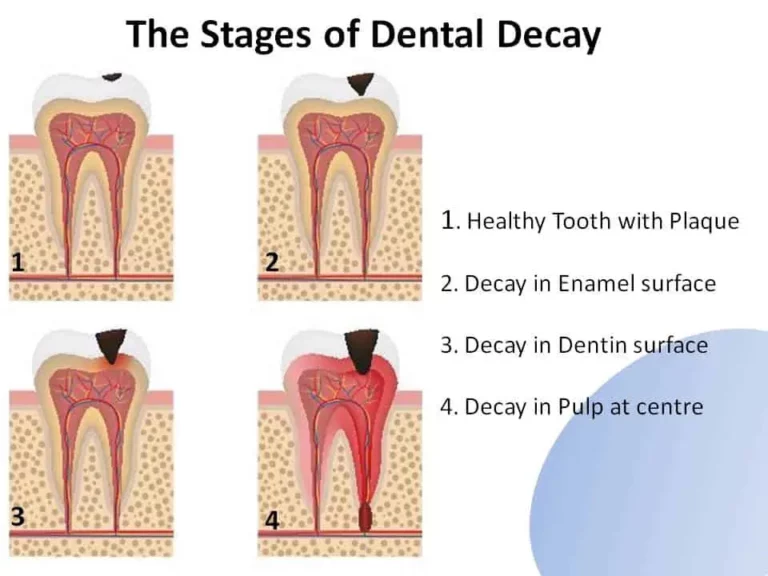6 Ways To Prevent Dental Decay

6 Ways To Prevent Dental Decay
What Is Dental Decay and What Can You Do to Prevent It?
Dental Decay causes cavities (holes) to develop in your teeth. Dental Decay is affected by what you eat and how well you take care of your teeth. The presence of fluoride in your water and toothpaste heavily influences the rate of Dental Decay in some people. Family genetics may also play a role; some people are more susceptible to Dental Decay.
Everyone is at risk of Dental Decay – children and adults alike. Generally there are three types of cavities (holes) caused by Dental Decay:

Coronal cavities: Both children and adults are susceptible to this most common type of hole. Coronal cavities are found usually on the chewing surface or in between your teeth.

Root cavities: As your gums recede with age, the root part of your tooth is left exposed. The root surface of your tooth has no enamel protecting it and these areas easily decay.

Recurrent decay: Dental Decay around existing fillings and crowns can form from the accumulation of. If correct brushing and flossing techniques do not occur, these areas can lead to cavities.
If you suffer from a Dry Mouth as an adult, you are at a higher risk of Dental Decay. Dry Mouth is a medical condition that is caused due to the lack of saliva in your mouth. It can be caused by a number of factors, including sickness, medications, radiation therapy or chemotherapy. Dry Mouth may be temporary or permanent. Read more about Dry Mouth Here.
If left untreated, Dental Decay can destroy your teeth and kill the pulp found in the centre of your tooth. An abscess may form in the area of infection at the root tip. Once this happens, your tooth can only be treated with a root filling, surgery or removal.

How Do You Know If You Have a Dental Decay?
Your dentist can tell you whether you have Dental Decay. It generally develops below the surface of your tooth, where you can’t see it. Foods that contain carbohydrates, sugars and starches are processed by the bacteria in your plaque, producing acids that eat into your tooth surfaces. Over time, your tooth enamel weakens beneath the surface where you can’t see, while the surface of your tooth remains fine. When enough of the under-surface of your tooth is eaten away, the top surface of your tooth will collapse, forming a cavity (hole).
Cavities commonly develop in the pits and fissures of the chewing surfaces of your back teeth, in between teeth, and near the gums. No matter where cavities occur, the best way to find them and treat them before they become serious is by visiting your dentist for regular check-ups.
How Can You Help Prevent Dental Decay and Cavities?

Brush twice a day for at minimum of two minutes to thoroughly remove any plaque

Floss daily to remove plaque from in between your teeth and under your gum, where your toothbrush can’t reach

Limit sugary or starchy foods, especially sticky snacks, in between meal times

See a dentist for a professional clean – two regular dental visits per year is usually adequate

Use dental products that contain fluoride, including toothpaste

Check if your children’s drinking water is fluoridated





